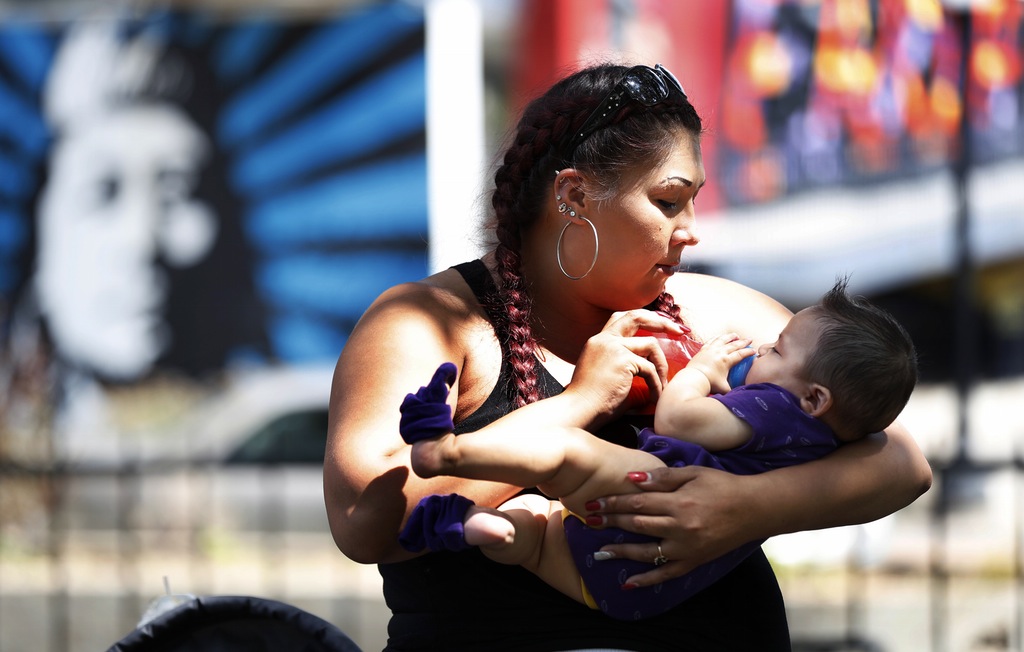On August 20th, the Star Tribune published a story highlighting the incredible disparity between Native Americans and the rest of Minnesota in foster care placement. According to Stahl and Webster’s article, American Indian youth are ten times more likely to end up in foster care in comparison to the rest of the state. On average, two indigenous youth are sent to foster homes in Minnesota every day, the highest rate in the nation.
The sheer number of Native American children being sent to foster care in the United States is creating a significant problem. In 1978 Congress passed the Indian Child Welfare Act (ICWA). At the time, it was an attempt to keep Native American youth in tribal communities by placing them with Native foster families whenever possible. Now nearly thirty years later, Minnesota has a shortage of Native American foster homes to house the increasing number of children being taken from their home.
The ICWA was a response to the destructive policies of assimilation that were common place in the United States, like the boarding school system. These were deliberate attempts to force indigenous people into mainstream White society by stripping them of their cultural identity. Over the course of decades of implementation, forced assimilation policies created generations of disconnect between Native Americans and their heritage. It amounted to one of history’s most wide scale examples of cultural genocide.

Decades of substance abuse, poverty and violence in Native American communities, brought on as a sad legacy of past assimilation policies, is leading to an epidemic of children being removed from their homes. However, the ICWA, which was meant to protect Native youth, is causing division amongst communities. Some are calling it another example of youth being forcibly removed from their home. Other indigenous leaders point to the rates of domestic violence (the Star Tribune article says Native American youth are five times more likely to suffer abuse in the home) and addiction as reasons why the system is both necessary and a service to indigenous youth.
Across the country, issues surrounding foster care and the removal of indigenous youth are sparking controversy. Back in 2011, National Public Radio featured a series of stories on the effects of foster care in Native American communities in South Dakota. In March, a California court decision made headlines when it ruled a Choctaw girl should be sent back to her birth parents, despite pleas from the foster parents and the child herself.
It is clear there is immense distrust between indigenous communities and state institutions. There is increasing evidence that the centuries of destructive genocidal policies imposed against indigenous people in the United States has led to historical trauma, which is trauma that has been passed from generation to generation. This means that as a result of historical loss of land, culture, and population some Native Americans today are experiencing symptoms of loss, which is what contributes to disproportionately higher rates of poverty, violence and substance abuse. This is what the ICWA was intended to protect children from in the first place
Is the Indian Child Welfare Act an over correction, a way to remedy past wrongs that’s become a wrong itself? It’s unclear. Decades of forced assimilation policies have left many Native Americans justifiably weary of their youth being removed from their homes. The looming threat of cultural genocide, even a perceived threat, should be a very real concern for state policymakers. That should be reason enough for legislators, judges and social workers to consider new approaches to protecting indigenous youth while ensuring the protection of their cultural identity.
Joe Eggers is a 2016 graduate of the University of Minnesota. His master’s thesis explored the cultural genocide of indigenous people through the boarding school system.

Comments